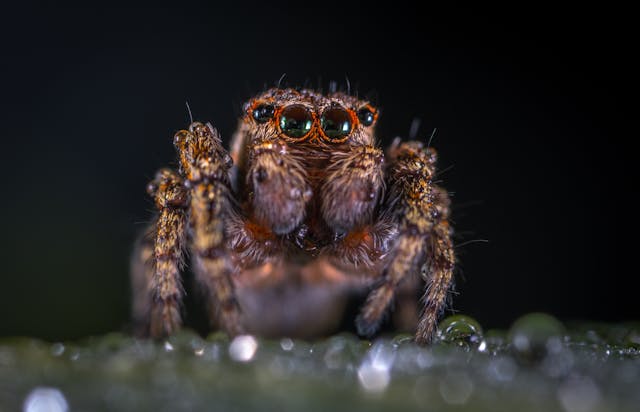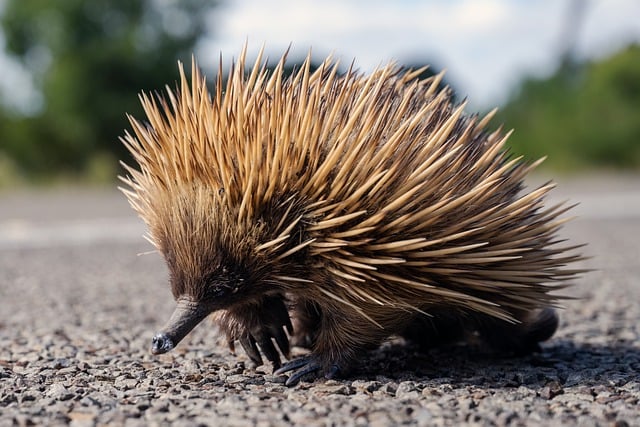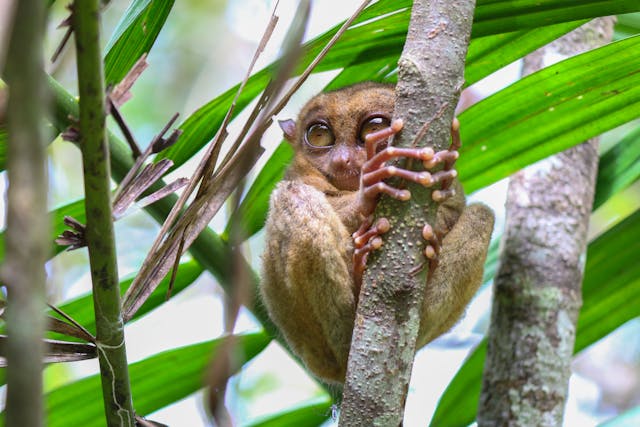Some animals are very well-known to us but there are many animals that we don’t know. Different environmental conditions give rise to different characteristics in weird animals of all shapes and sizes. In this article, we explore weird and wonderful wildlife fun facts about them. There will be some animals in this list that have probably never heard of.
Here are the World’s Weird and Wonderful Wildlife to See
1. Bird-dropping spider

These Bird-dropping spiders are found in Australia and New Zealand. They derive their name from mimicking bird droppings to avoid predators, mainly birds. At night, this crafty critter will stretch out its forelegs and release a pheromone that lures in unfortunate male moths looking for a mate. The males are much smaller than the females, about 2.5 mm to 12 mm. Bird-dropping spiders are among the weird and wonderful wildlife.
2. Mistletoebird
Mistletoebird is also known as the mistletoe flowerpecker. This pre-poop dancing and bum-wiping routine of the Mistletoebird plays a vital role in the life cycle of this little native bird with its highly adapted diet. After these sweet little red-breasted birds eat mistletoe berries, it defecates by twisting its body sideways, then purposely wipe their poop on the branch they perched on. The seeds of the berries, which are still intact, are sticky. These sticky seeds cling to the branch of their host tree and grow. The parasitic mistletoe only grows high up on other trees this relationship ensures the bird and bush can survive.
3. Short-beaked Echidna

The short-beaked Echidna is also known as the short-nosed echidna. This animal is one of four living species of echidna and the only member of the genus Tachyglossus. Echidna has porcupine-like spines, a bird-like beak, a quoll-like pouch, and lays eggs like a reptile. There are four species of echidnas, including the Short-beaked Echidna found throughout Australia in places like the Great Western Woodlands. Echidnas can live up to 50 years and are a distant relative to the platypus. However, the short-beaked Echidna is regarded as one of the weird and wonderful wildlife.
4. Thylacine
Thylacine is also commonly known as the Tasmanian tiger or Tasmanian wolf. 80 years ago the last Thylacine died at Hobart Zoo. This animal got its name at the time because of the distinctive tiger-like stripes along its lower back and tail. It had the characteristic pouch of other Australian national treasures such as the wombat, koala, and kangaroo. Thylacine males had pouches too. Thylacine had strong hind legs which were longer than its front legs. It also had a strong stiff tail similar to that of a kangaroo.
5. Japanese spider crab
Japanese Spider Crab is a species of marine crab and is the biggest one that lives in the waters around Japan. There are around 60,000 species of crustaceans, among which the Japanese Spider Crab is the largest. It has a whopping 3.7m leg length considerably larger than a human. Japanese Spider Crab starts life as a microscopic planktonic larva, one of the millions that the mother lays. This large crab is mostly found off the coast of Honshū, a Japanese island.
